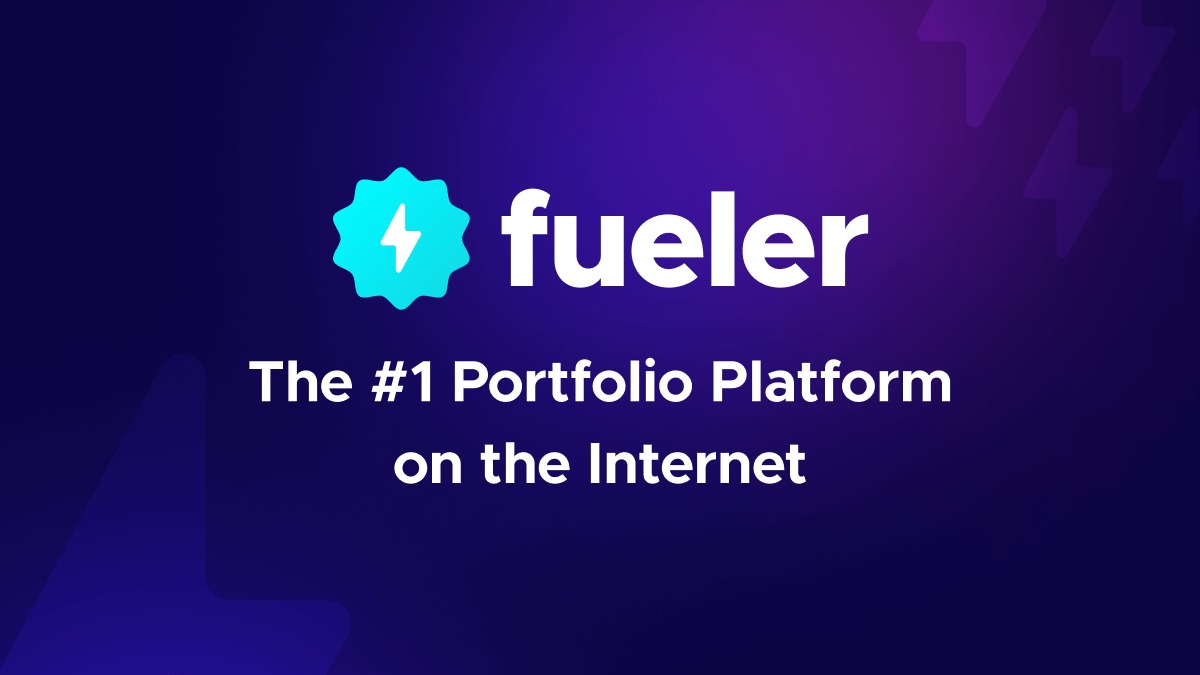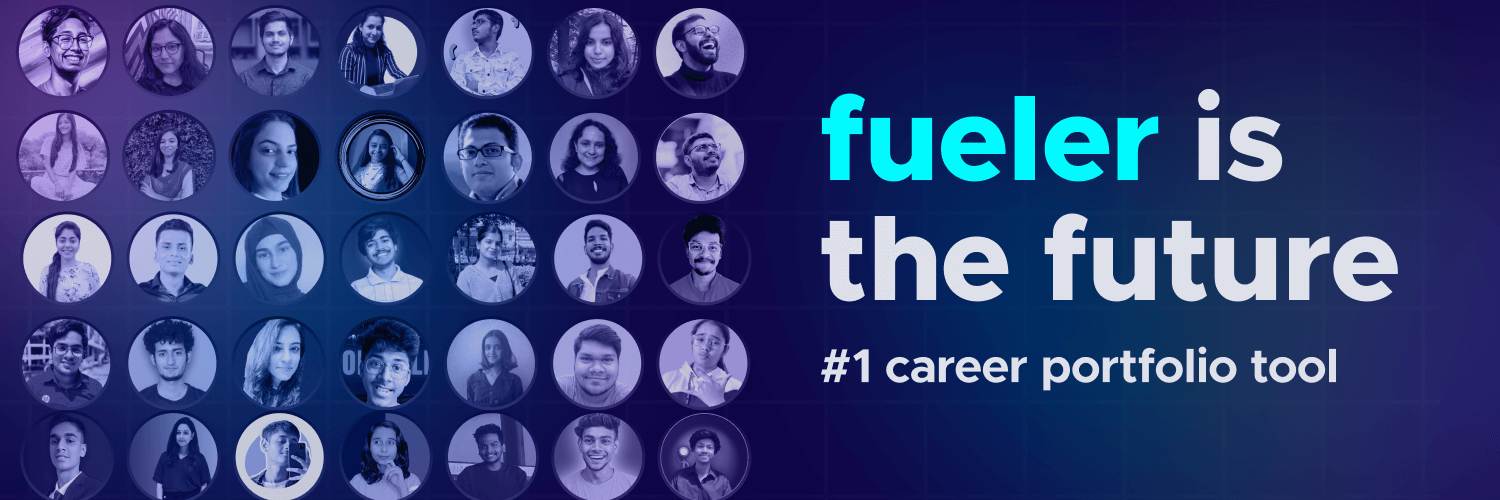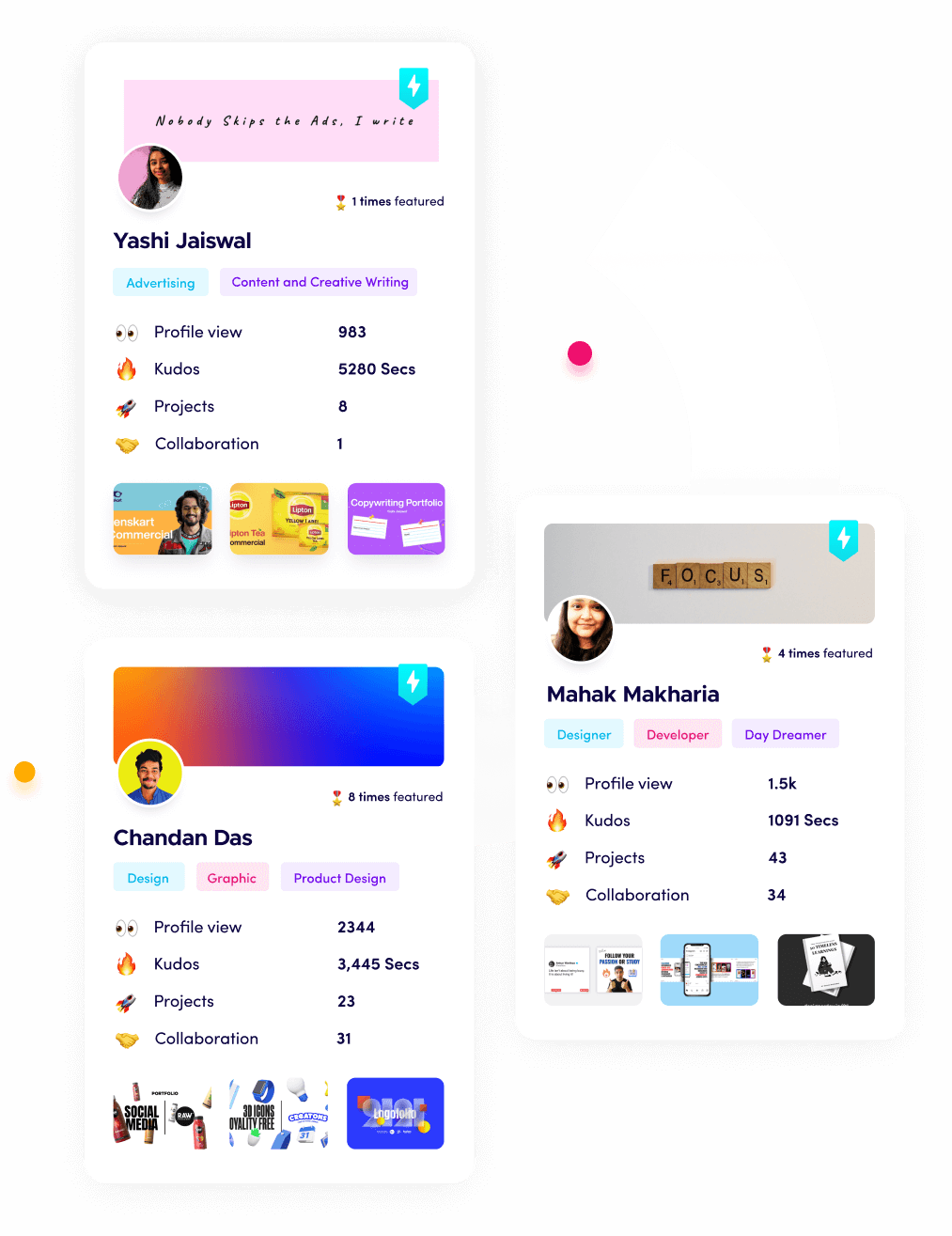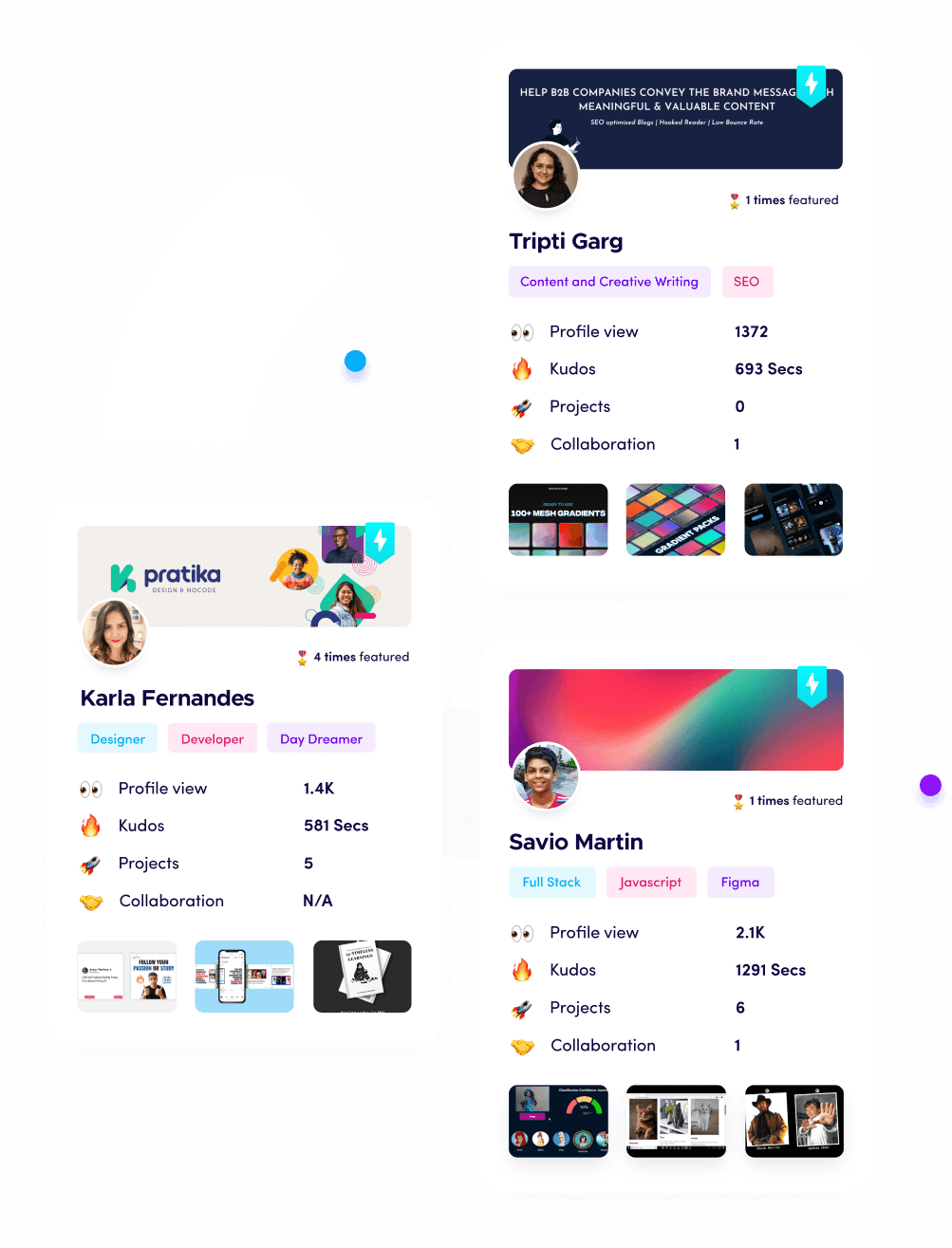How To Write a Resume Job Description Section With Examples

Riten Debnath
13 Jun, 2025

You might have years of experience, but if the job description section on your resume doesn’t show impact, it’s just noise. Recruiters don’t want vague statements like “handled various tasks.” They want to know what you achieved, how you did it, and whether you can bring similar results to their company. Especially in 2025, when companies are hiring faster and relying on tools like ATS (Applicant Tracking Systems), your resume needs to speak their language — clearly, effectively, and with results.
I'm Riten, founder of Fueler a platform that helps freelancers and professionals get hired through their work samples. In this article, I’ll guide you on how to write a resume job description section that truly stands out. Because in today’s world, experience alone doesn’t get you hired how you present that experience does. Your resume isn't just a list of roles. It’s a credibility tool, a track record, and your fastest way to build trust. And when crafted the right way, your job description becomes your strongest proof of skill.
What Is the Resume Job Description Section?
The job description section is the part of your resume where you describe the work you’ve done in each role you’ve held. It gives recruiters a clear sense of your day-to-day responsibilities, the skills you used, the challenges you tackled, and the results you achieved.
This section typically includes:
- Job Title
- Company Name and Location
- Dates of Employment
- Bullet Points Describing Responsibilities and Achievements
But here’s where most people get it wrong they stop at responsibilities. The goal is not to tell someone what you were supposed to do. The goal is to show what you actually did and what changed because of you.
Why the Job Description Section Matters More Than Ever
With job applications rising and attention spans shrinking, hiring managers often scan a resume for just 6–10 seconds. In those few moments, the job description section has the most power to grab their attention.
In 2025, companies want:
- People who can deliver measurable outcomes
- Candidates who use industry-relevant keywords
- Proof of impact, not just activities
And because more companies are shifting toward assignment-based hiring, they care less about job titles and more about real, relevant work done. This makes your job description section a mini-portfolio of proof.
Step-by-Step: How To Write an Effective Job Description on Your Resume
1. Use an Industry-Standard Job Title
Your job title is the first keyword the hiring manager or ATS will scan. If your actual title was “Sales Ninja” or “Customer Happiness Hero,” rewrite it into something standard like “Sales Executive” or “Customer Support Specialist.”
Companies don’t search for quirky titles. They search for titles that align with their open roles. Using common job titles ensures your resume shows up in filtered searches and sounds professional at first glance.
For example:
- Instead of “UX Wizard,” write “UI/UX Designer”
- Instead of “Growth Hacker,” use “Digital Marketing Strategist”
If your actual role covered multiple functions, choose a title that best reflects what you did and aligns with the job you’re applying for.
2. Mention the Company Name, Location, and Employment Duration
These are basic details but crucial for context. Recruiters want to know where you worked, whether the company is known, what kind of environment you were in (startup, corporate, agency), and for how long.
Include the city, even for remote roles, and write your dates in a clear format. Don’t try to cover gaps by extending timelines — transparency builds trust.
For example:
Digital Marketing Specialist
ABC Media Pvt. Ltd., Bengaluru
May 2021 – April 2024
This section quickly gives recruiters a mental map of your experience and sets up the next — more important — part.
3. Write Bullet Points That Show Responsibility With Results
This is the core of your job description. Each bullet point should show:
- What task you performed
- How you did it
- What the outcome was
Avoid vague statements like:
- "Responsible for managing social media"
- "Handled team communication"
Instead, write:
- "Managed and scaled Instagram and LinkedIn content strategy, increasing follower count by 180% in 10 months"
- "Led weekly cross-functional meetings that improved campaign turnaround by 35%"
Use action verbs like: Led, Built, Increased, Launched, Created, Streamlined, Automated, Collaborated, Optimized.
Always aim for 4–6 detailed bullet points per role.
4. Use Metrics Wherever Possible
Numbers make your work real. They give context, scale, and proof.
Even if your role didn’t directly generate revenue, there are always metrics you can include. Think of:
- % increase or decrease (traffic, engagement, sales, costs)
- Size of team you managed
- Number of projects handled monthly
- Clients worked with or locations served
For example:
- “Reduced average support response time from 3 hours to 45 minutes”
- “Onboarded and trained 25+ interns over a 6-month period”
Data-backed bullets show you didn’t just show up — you made an impact.
5. Match Your Description With the Job You’re Applying For
Your resume isn’t a universal brochure. It’s a tailored pitch. Rewriting your job descriptions slightly for each application can make a huge difference.
Scan the job description of the role you want and include relevant keywords in your own experience — naturally. ATS filters search for these terms. But don’t just copy-paste. Contextualize your own work using similar language.
For example, if the job role you're applying to says:
“Looking for someone with experience in campaign performance analysis.”
Your job description bullet can say:
“Tracked and analyzed weekly ad campaign performance using Google Analytics, leading to a 22% improvement in conversion rate.”
6. Don’t Forget Tools, Skills, and Methods You Used
Listing tools inside your job description shows that you’re hands-on. Tools prove real-world skill.
Mention:
- CRMs like Salesforce or HubSpot
- Design tools like Figma or Canva
- Ad platforms like Google Ads or Meta Ads Manager
- Development tools like GitHub, React, or Webflow
- Automation tools like Zapier, Notion, Airtable, etc.
For example:
“Created landing pages using Webflow, integrated with Airtable and automated email sequences via Mailchimp.”
This also builds a natural transition to your “Skills” section later.
7. Keep It Readable, Scannable, and Honest
Don’t write long paragraphs. Keep the section easy to scan. Bullet points with bold action verbs and numbers draw the eye.
And be honest. Exaggeration might get you an interview, but not the job. Experienced interviewers will dig into details — and inflated claims fall apart fast.
The goal isn’t to sound flashy. It’s to sound clear, confident, and competent.
Want To Go Beyond a Resume? Here's How.
If you want to go a step ahead and show your work, not just list it create a portfolio on Fueler. It's a platform I built to help professionals, freelancers, and creators showcase real-world work samples. Many companies today don’t hire just based on resumes. They want proof. Fueler helps you stand out with actual project links, case studies, and assignments the things that prove you can deliver.
Final Thoughts: Make Every Word Count
Your resume's job description section is not where you play safe. It’s where you highlight your strengths, prove your capabilities, and match what companies are looking for. A strong description not only tells your story — it sells it. It connects the dots between what you’ve done and what you can do next.
If your job descriptions show results, clarity, and relevance — you’re already ahead of 80% of applicants.
FAQs
1. What should be included in a job description on a resume?
Include job title, company name, location, duration, 4–6 bullet points describing your responsibilities, and achievements backed with metrics or tools used.
2. How many bullet points should a job description have on a resume?
Ideally 4 to 6 for each role. Focus on key outcomes and responsibilities, and make each one value-driven and easy to scan.
3. Should I include keywords from the job posting in my job descriptions?
Yes, always. ATS systems filter resumes based on keywords. Use the ones that align with your actual experience to increase your chances of being shortlisted.
4. How do I write a job description for a role I had years ago?
Focus on core responsibilities, any quantifiable achievements, and the tools or methods you used. Keep it concise, but highlight anything that connects to the current job you're applying for.
5. Can I include freelance experience in the job description section?
Absolutely. Freelance roles count as professional experience. List them with clear project names, client types, and results delivered. This is even more impactful if paired with a link to your Fueler portfolio.
What is Fueler Portfolio?
Fueler is a career portfolio platform that helps companies find the best talents for their organization based on their proof of work.
You can create your portfolio on Fueler, thousands of freelancers around the world use Fueler to create their professional-looking portfolios and become financially independent. Discover inspiration for your portfolio
Sign up for free on Fueler or get in touch to learn more.


